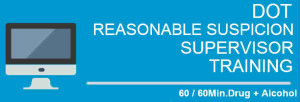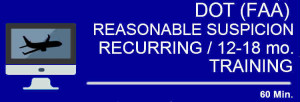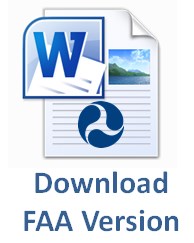Can you lose your job if you’ve smoked marijuana in a state which recognizes legal recreational use?
You sure can.
As of February, 2015 three states allow for the legal, recreational use of marijuana. Washington state, Colorado and Alaska are all places where it is perfectly legal to partake. However just because something is legal by state law doesn’t mean you’re free to do it without consequence. These new state laws certainly have significant implications to people as individuals, but not to people as “employees”. As a citizen or visitor to these states you can generally use marijuana without fear of going to jail, but as an employee of say, Dish Network in Colorado, you are subject to a zero tolerance company drug policy that allows them to fire you if you test positive. So if Dish Network can fire employees who test positive in a state where recreational marijuana is legal, then any employer in any state can fire employees even if they used marijuana regardless of where that employee was when they used it.
Generally speaking, if an employer has a written drug policy and has communicated that policy to employees then they are pretty much in the clear. There is a long history of case law that reinforces employer’s rights to maintain drug free workplace policies (1).
There isn’t anything in these newly passed laws that state your employer cannot (A) perform drug testing on you and (B) fire you, if you test positive. That pretty much sums up all that employees need to understand about the meaning of these new state laws in relation to their employment. There’s one notable exception related to medical marijuana use in the state of Arizona. There, state law prohibits termination for a positive test if the employee possesses a valid medical marijuana card and has not possessed or used marijuana at work.
Not all employers choose to fire employees who test positive, even employers who are subject to federally regulated drug testing programs. It all comes down to what the drug policy states. If your employer performs drug testing, it would be wise to read up on the policy. Most anyone, not just recreational drug users need to understand their company’s drug testing policy. Why? Think about it. Would you sit down and play a game of cards without knowing which game you’re playing, or what the basic rules are? I doubt it. Your employer has set rules for drug use, if you don’t know what those rules are, how do you know when you’re breaking them? Knowing the rules up front is a good way to find out about them. Fighting for your job after testing positive is a bad way of finding out about them.
Remember, Marijuana is still federally classified as a schedule I controlled substance. Federal penalties for possession still apply even in states that have legalized it.
(1)
Jones et al. v. City of Chicago, Civil Action No.99 C 8201
Nevada Employment Security Department v. Cynthia Holmes
Bass v. Florida Department of Law Enforcement, (Fla. Dist. Ct. of Appeals 1993), 627 So.2d 1321.
Brinson v. Safir, 680 N. Y.S. 2d 500, 255 A.D. 2d 247, (N.Y.A.D. ,1 Dept. 1998)
– AtHandTraining.com provides awesome drug and alcohol awareness courses online.



